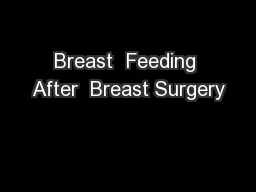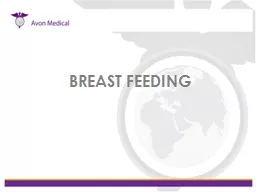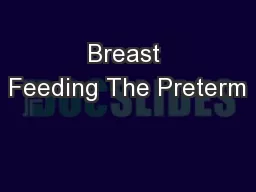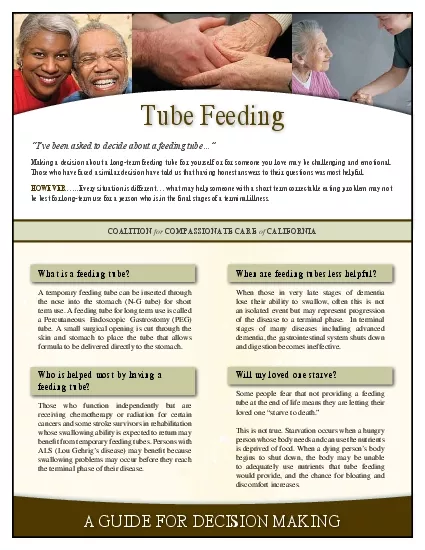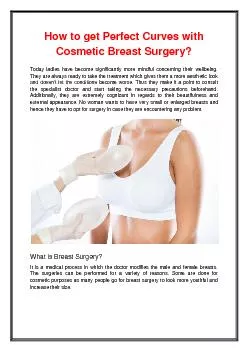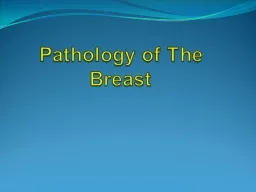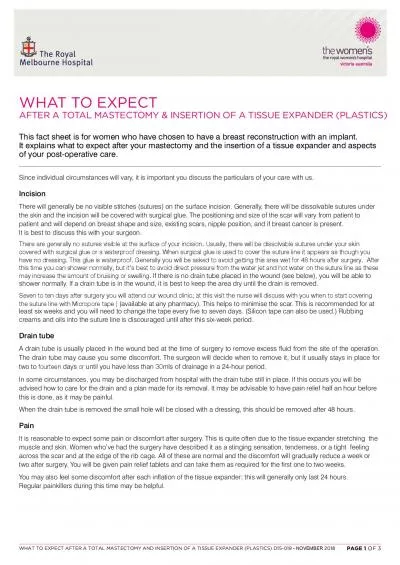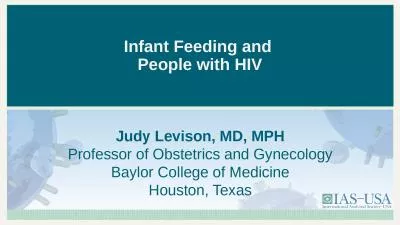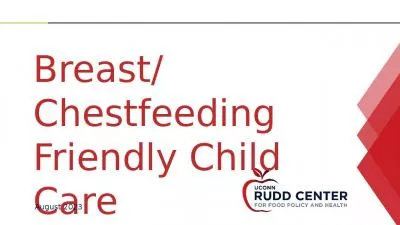PPT-Breast Feeding After Breast Surgery
Author : natalia-silvester | Published Date : 2015-10-31
Alganesh Kifle BSN IBCLC NICU Lactation Coordinator Breast Surgery Likely to Cause Breastfeeding Problems According to the Institute of Medicine National Center
Presentation Embed Code
Download Presentation
Download Presentation The PPT/PDF document "Breast Feeding After Breast Surgery" is the property of its rightful owner. Permission is granted to download and print the materials on this website for personal, non-commercial use only, and to display it on your personal computer provided you do not modify the materials and that you retain all copyright notices contained in the materials. By downloading content from our website, you accept the terms of this agreement.
Breast Feeding After Breast Surgery: Transcript
Download Rules Of Document
"Breast Feeding After Breast Surgery"The content belongs to its owner. You may download and print it for personal use, without modification, and keep all copyright notices. By downloading, you agree to these terms.
Related Documents

